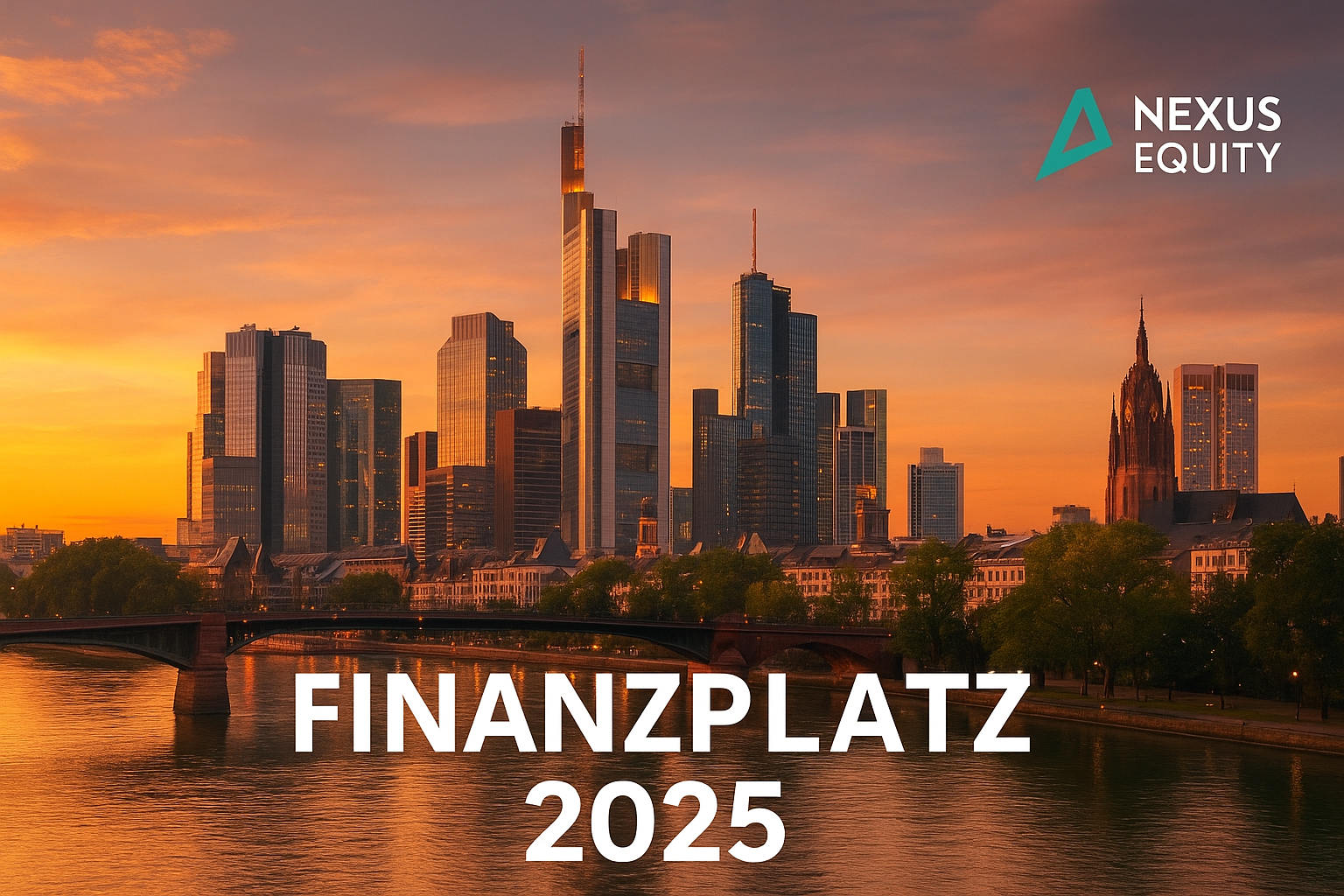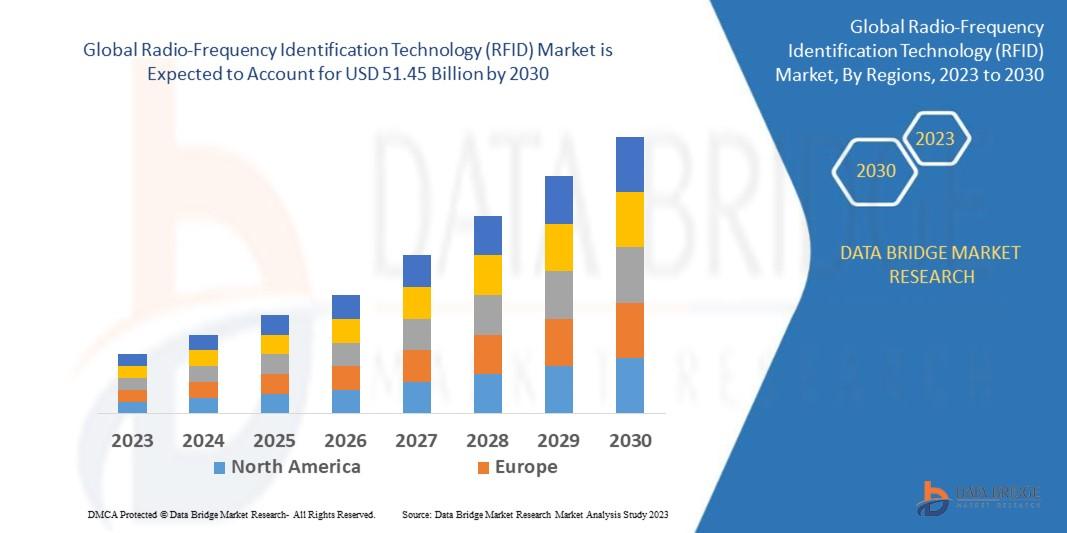The 21.31% Growth Engine: Decoding the SCRM Software Market CAGR

The projected Supply Chain Risk Management Software CAGR of 21.31% is an exceptionally strong figure that signifies a market in a phase of urgent and widespread adoption. This is not the growth of a niche, "nice-to-have" tool but the expansion of a mission-critical business capability that has been elevated to a top boardroom priority. This phenomenal growth rate is the engine that is expected to propel the industry towards its impressive valuation of $56.06 billion by 2035. The 21.31% compound annual growth rate from 2025 to 2035 is the direct result of a "new normal" of global volatility, a growing demand for supply chain transparency, and the powerful capabilities of new AI-driven technologies that make proactive risk management a tangible reality for the first time.
A primary catalyst for this explosive CAGR is the painful and recent memory of massive global disruptions. The COVID-19 pandemic, geopolitical conflicts like the war in Ukraine, and extreme weather events have exposed the extreme fragility of long, lean, and globally dispersed supply chains. These events have caused massive production shutdowns, shipping delays, and inventory shortages, costing companies billions of dollars and demonstrating that a lack of supply chain visibility is a major existential threat. This has created a massive sense of urgency in boardrooms around the world to invest in the technology that can provide early warnings of such disruptions and enable a more resilient supply chain design, directly fueling the market's hyper-growth.
Another powerful contributor to the high growth rate is the increasing pressure on companies to ensure their supply chains are both ethical and sustainable. There is a growing wave of legislation in North America and Europe, such as the German Supply Chain Due Diligence Act, that holds companies legally responsible for human rights and environmental violations that occur within their supply chains. Consumers and investors are also increasingly demanding transparency and are shunning brands that are associated with issues like forced labor or deforestation. SCRM software provides the essential tools for mapping the entire supply chain, vetting suppliers against compliance and ESG criteria, and continuously monitoring for any potential violations, making it a critical tool for corporate social responsibility and risk management.
Finally, the rapid advancement of artificial intelligence and big data analytics is the technological catalyst that is making proactive risk management possible at scale. Modern SCRM platforms are powerful AI engines. They ingest and analyze trillions of data points from a vast array of sources—from news and social media to shipping data and weather forecasts—to detect the faint, early signals of a potential disruption. They can then use machine learning models to predict the likely impact of that event on a company's specific supply network and recommend mitigating actions. This shift from a reactive, "fire-fighting" approach to a proactive, predictive one is a game-changer, and it is the powerful capabilities of these new AI-driven platforms that are driving their rapid adoption.
Explore Our Latest Trending Reports:




